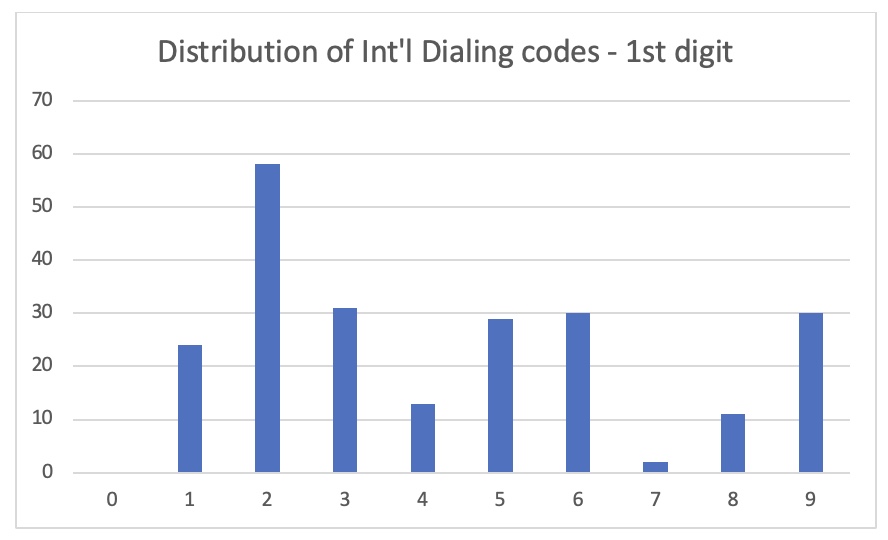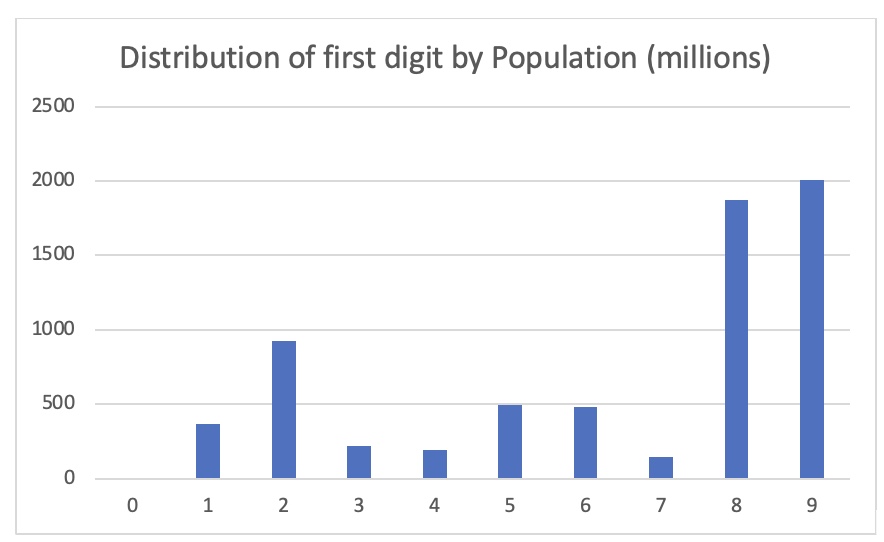
Warning – please don’t read on unless statistics about something you’ve probably never thought of is your thing.
So, it might be because I’m at heart a frustrated techie these days; or it might be because I did my first pub quiz in a long time over the weekend and re-discovered my passion for trivia; but recently I’ve been working on a mini project that taught me lots of things but also two really interesting lessons. The first is how complicated the seemingly simple business of global telephone numbers are, and the second is how much people in our organisation know about them!
Our database of telephone number movements now has well in excess of 2 billion individual numbers contained inside it. In order to get the most efficient use of memory and respond to our customers as quickly as possible its necessary to understand how real (allocated) numbers are spread across the total range of possible numbers, so together with the team we’ve been doing a little bit of recreational mathematics. And even at a high level some of the numbers are surprising. For a start, just looking at what digit your phone number begins with is quite interesting. For example, given that the UK is country code 44, that means internationally speaking that all our numbers begin with a 4. But are we alone? Below is a simple table of how many countries begin with which digit from 0 to 9:

So, on the basis of this the ‘2’s have it with almost 60 countries using that as a starting point, with ‘7’ (essentially the Russian Federation) as the lowest. Of course those of you who are both statistically minded and still reading are screaming that this doesn’t really tell the full story, and to know how numbers are really distributed we need to really look at quantity of active numbers in the above countries. And you’d be right!
So, here is what the breakdown looks like for the top 50 countries by population (according to Wikipedia) which accounts for about 85% of the global population:

Quite a different picture. Thanks to our friends in East Asia (including China) who start with an ‘8’ and Middle East/Southern Asia (including India and Pakistan) who start with a ‘9’, that’s pretty much half of the world right there. By comparison Europe, which is essentially one continent split between ‘3’ and ‘4’ gives two of the lowest densities.
To most people it really isn’t but I guess it highlights how to make something look simple somebody, somewhere has to really understand the detail behind it. It also reminds me everyday of why I do the job that I do, where I get to work with the people who really understand stuff and can supply me with an almost endless quantity of trivia.
Last updated on August 5, 2025
We provide the most comprehensive device, network and mobile numbering data available
Contact us > Chat to an expert >